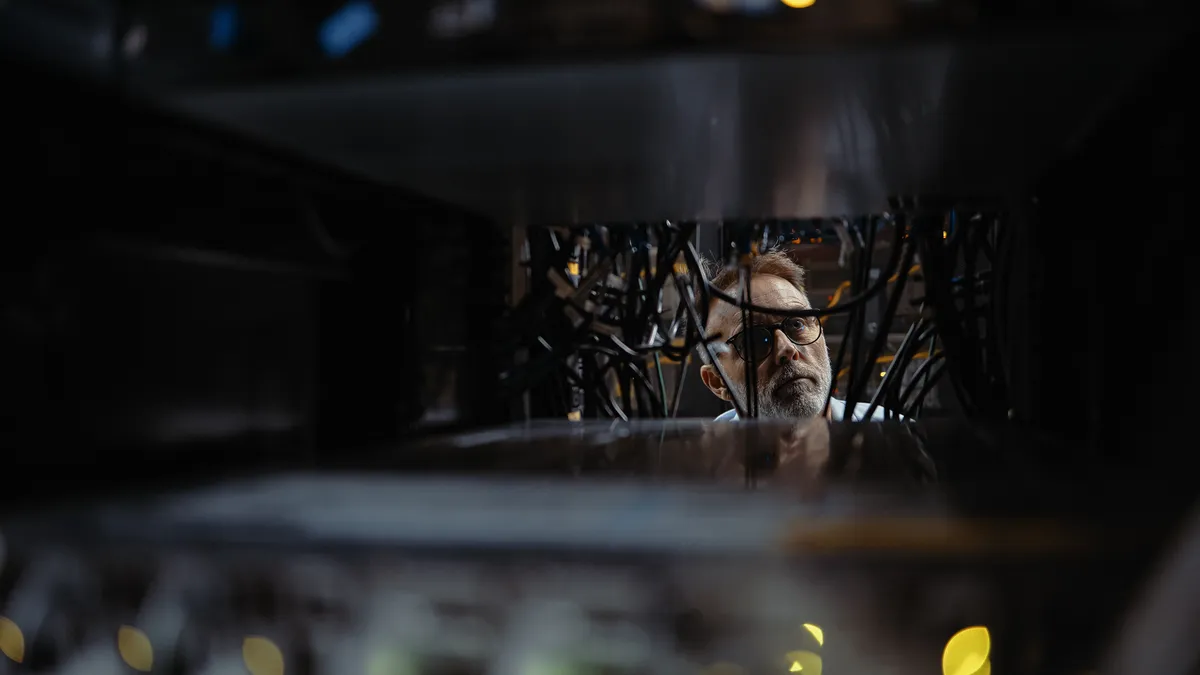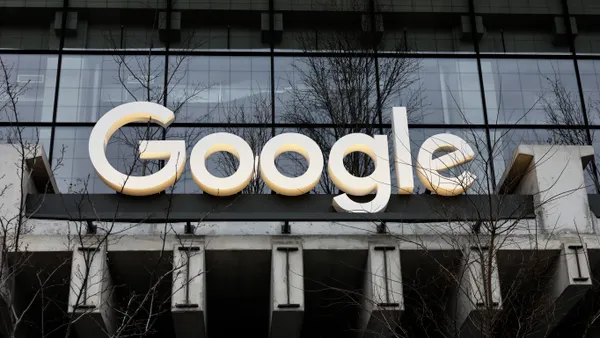Key Takeaways:
- With the increasing overlap between technology experience and employee experience, 85% of CIOs collaborate more with their CHRO now than before the pandemic.
- The tech that CIOs deploy plays a pivotal role in attracting and retaining talent, as it enables greater flexibility, improved work-life balance and better career opportunities.
- CIOs winning today consider human-centric design a key component when implementing tech. See how the Top 20 CIOs Shaping Hybrid Work incorporate it in their organizations.
Hybrid work is pushing the boundaries of the conventional Chief Information Officer (CIO) role and expanding it beyond traditional tech and infrastructure into new areas of the business. Today, organizations rely heavily on technology to drive the employee experience and productivity—putting IT leaders in a potentially unfamiliar driver’s seat.
A Forrester study finds that today nearly 30% of IT leaders have responsibilities for employee experience (EX), engagement, and well-being. Of the respondents, 41% listed improving EX among their top priorities, and 60% are investing in EX to improve the productivity and performance of a distributed workforce.
Improving EX means supporting employees with the right tech stack to seamlessly transition between physical and virtual workspaces, which ultimately improves productivity, security, talent acquisition and retention and the bottom line.
The critical partnership between CIOs and CHROs
Technology experiences are more inextricable from the employee experience than ever before. A Lenovo study found that post-pandemic, 85% of CIOs collaborate more with their CHRO to ensure the tech they deploy is successful and sustainable.
With growing reliance on secure, collaborative and reliable virtual platforms, the technology employees use highly influences their productivity. According to Unisys, nearly half (49%) of employees lose between one and five hours of productivity per week dealing with IT issues, with 23% losing six hours or more.
CIOs can help improve productivity by incorporating tech solutions that improve the employee experience. That means ensuring the tech they deploy connects remote employees with in-office teams seamlessly and provides an accessible workspace that increases productivity no matter the location. Additionally, CIOs should consider the needs of employees based on what they do and where they work, and leverage technology to help employees be productive anywhere.
Nearly 40% of CIOs now manage talent acquisition (Lenovo)
Employees increasingly want greater flexibility, improved work-life balance and better career opportunities. Technology plays a pivotal role in enabling that. According to Qualtrics, employees are 230% more engaged and 85% more likely to stay beyond three years in their jobs if they feel they have the technology that supports them at work.
Great virtual workspaces can also serve as an employee incentive. Lenovo found that 86% of respondents rated technology as highly important for talent acquisition.
“Nudged along by ‘the Great Resignation,’ the conversation now is about how to keep the talent you have from walking out the door to share their skills and expertise with a competitor,” says Jay Upchurch, CIO at SAS. “It’s a discussion about what matters to your employees and how the organization can employ technology to meet those needs.”
Technology that enables work-from-anywhere, flexibility and access to resources no matter the location are all essential to alleviate the talent crunch.
Tech is key to improving business outcomes and continuity
In the hybrid work era, CIOs can ensure that the technology they deploy is sustainable and can weather the storm of business uncertainties and changes. That means incorporating new tools alongside good policies regarding change management, continuous employee training and a better way to report and resolve problems.
Security, vulnerability to cybercrime, disrupted productivity and compliance issues continue to remain top of mind in a hybrid work setting. That is especially relevant for highly-regulated industries that must comply with strict regulatory bodies.
According to Lenovo, 57% of CIOs would replace half or more of their current tech to address those issues and to ensure business continuity, data protection and uninterrupted productivity. CIOs can incorporate technology that offers flexibility, easier support and better security updates to protect users, data and networks.
Organizations lean heavily on technology to modernize, simplify, and scale business operations. Leveraging solutions to support space management, collaboration and productivity are critical to hybrid work success.
CIOs investing in EX win
A differentiated hybrid experience requires IT leaders to focus on their people when building their tech infrastructure. Investments in EX technology result in better workplace flexibility and efficient collaboration methods, which in turn improve employee well-being and ultimately increase productivity. IT leaders who put employee needs at the heart of all tech decisions will rise above the rest.










